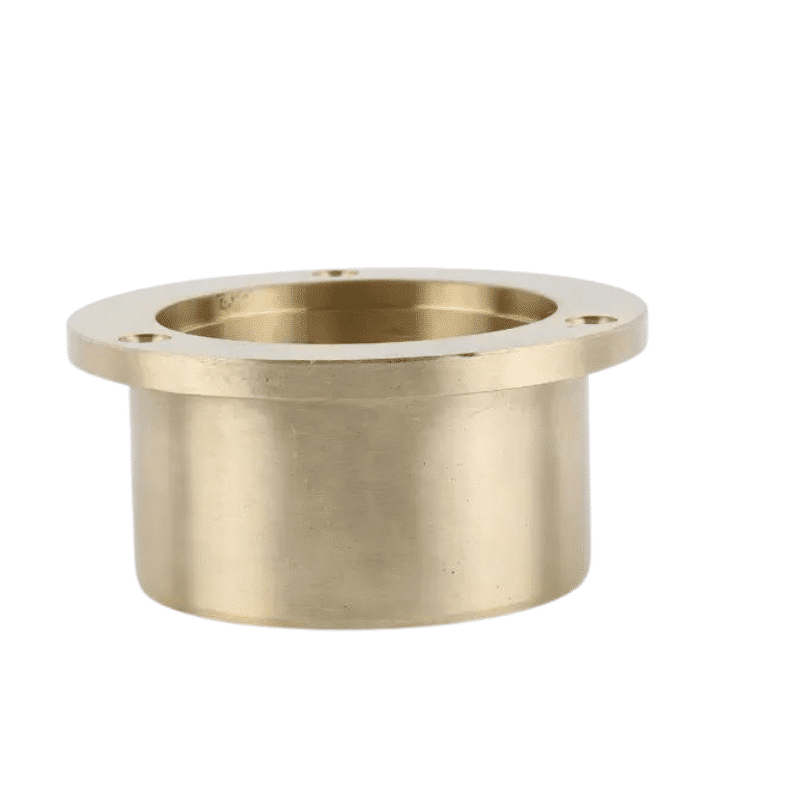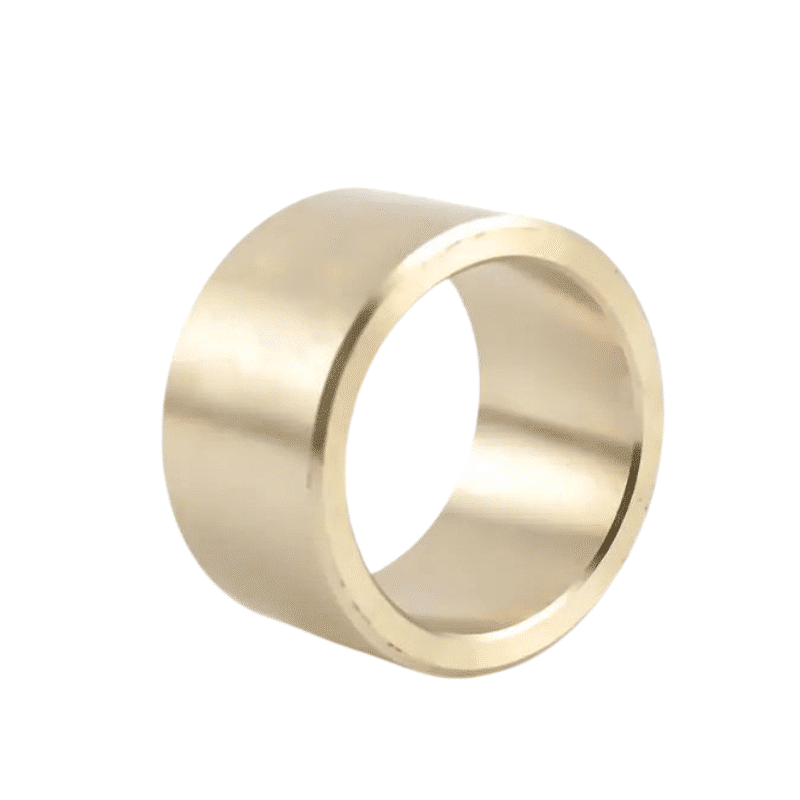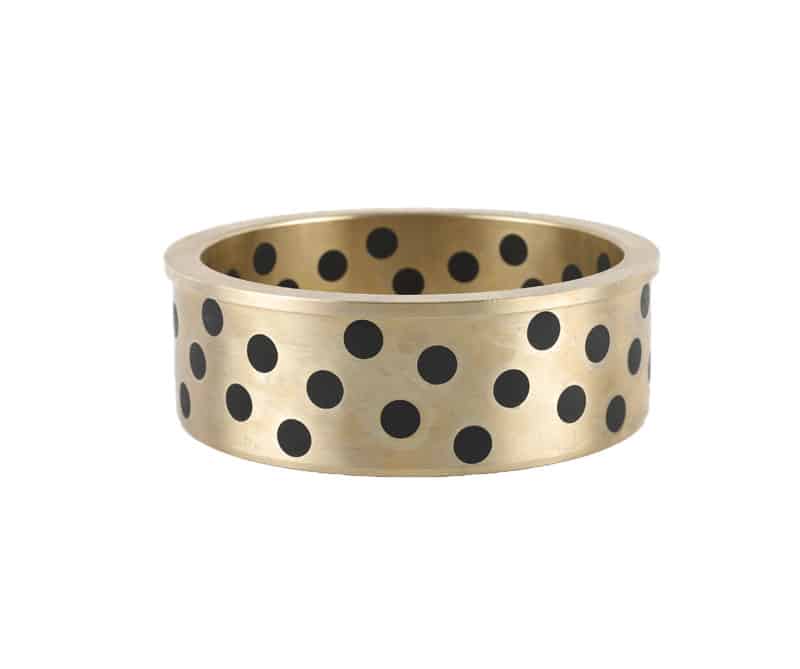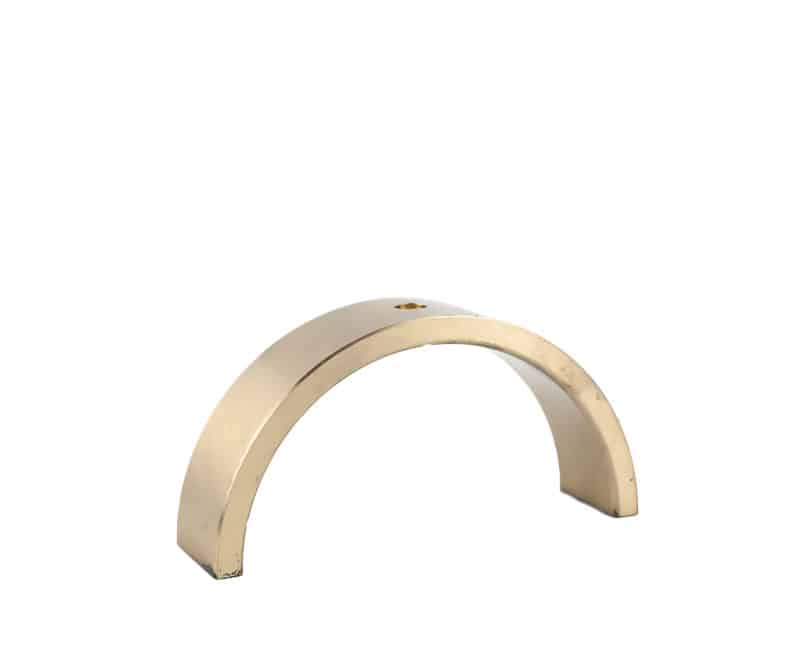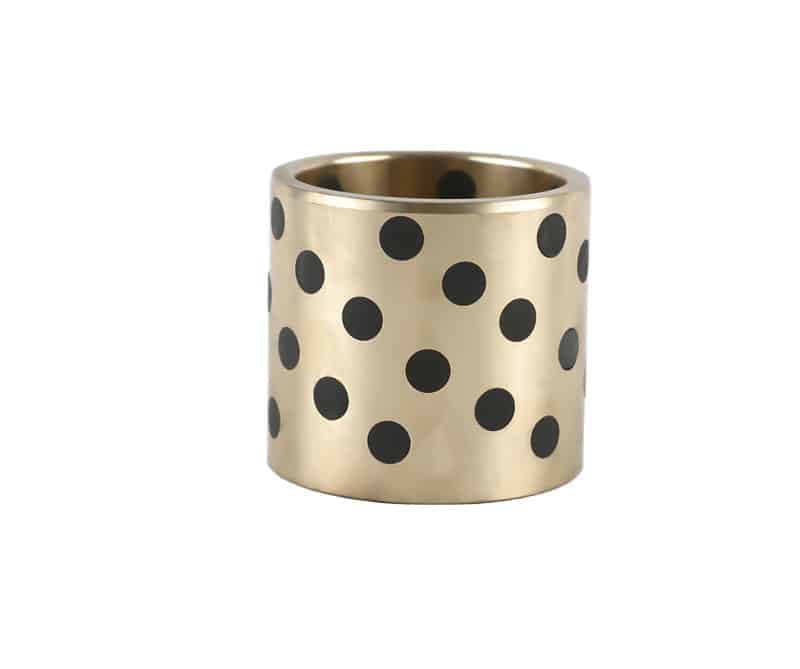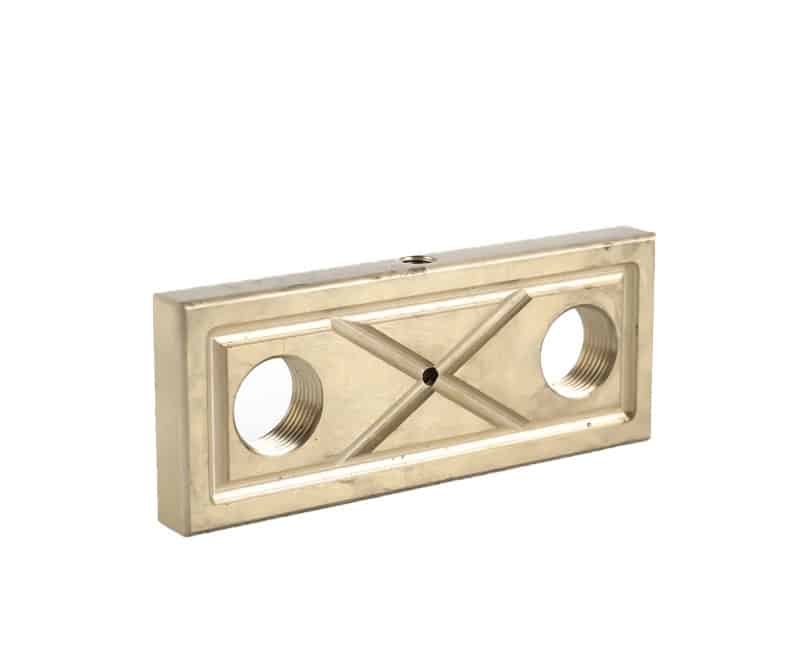Self-Lubricating Casting Brass Bushings
Bearings and Bushings for the Future: Precision and Customization: Our company, in bearing engineering with decades of experience, designs and develops high-precision self-lubricating bronze bearings & plain bushes. We offer a wide array of sliding bearings tailored to meet specific needs. Renowned for our expertise in custom bronze bushing and slide plate solutions, we provide an expansive selection of bushing metal alloys. Contact us today to benefit from unparalleled services at competitive prices.
Self-Lubricating Casting Brass Bushings
Precision Bronze Bushings – we offer both standard and custom options
Discover the power of Self-Lubricating Casting Brass Bushings. These extraordinary components, available for immediate purchase via online sales at VIIPLUS, are expertly designed for use in harvesting and other agricultural machinery. As specialists in machine bushing bearings, including shaft bushing sleeves, we provide cost-effective and efficient solutions with long bearing life that require no maintenance. Sand and Centrifugal Castings, as well as Brass Casting Parts – we provide an easy and efficient process for obtaining a free quote. Simply send us your detailed drawings, and our expert team will provide you with a comprehensive cost estimate.
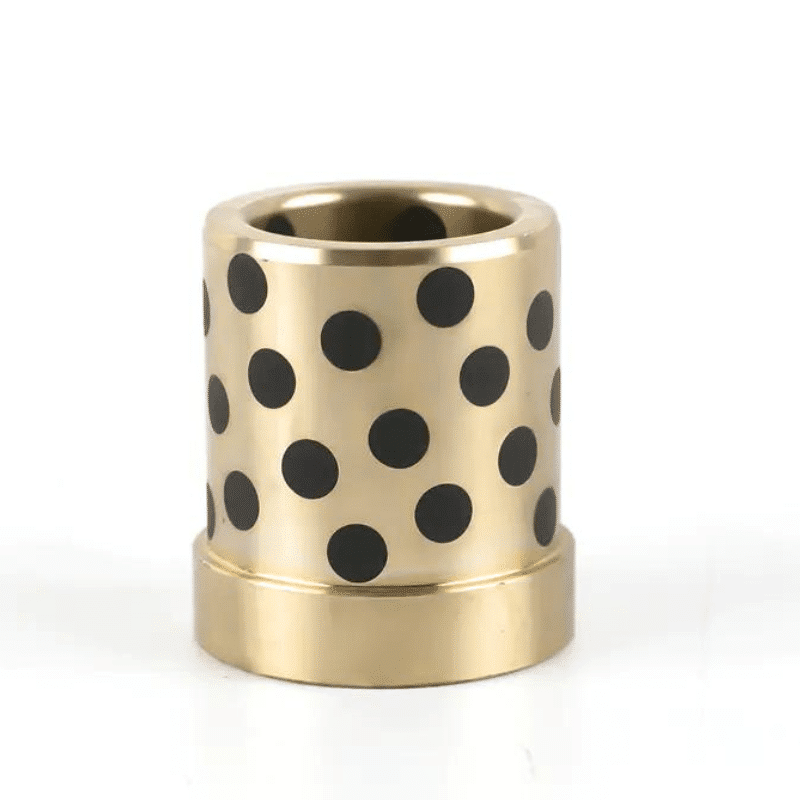
Discover Sand and Centrifugal Castings Brass Casting Parts
specializing in Brass Casting Parts
Precision Bronze Bushings – we offer both standard and custom options, tailored to your unique needs. Whether you require specific dimensions, unique shapes, or specialized alloys, we are committed to delivering the highest quality and precision in every product. Our bushings are designed and manufactured to withstand high loads and ensure smooth operations in all your applications.
VIIPLUS offers an array of bushing types such as sleeve, flange, thrust washer, strip, and wear plates. With our exceptional customer service and a vast array of high-quality bronze parts, we are dedicated to providing top-tier service. Our lineup of cast and metal bushes cater to all requirements and budgets. Place your order online today!
For agricultural machinery, we produce professional bronze bearing bushings, perfectly suited for the likes of combine harvesters. They provide a reliable, lubrication-free solution, boasting high bearing capacity, impact resistance, high temperature resilience, and a strong self-lubricating ability.
Our bushings have been highly rated by the world’s major agricultural machinery manufacturers. Particularly favored for their use in baling machines, we have a proven track record of successful applications and can provide a comprehensive baling machine shaft sleeve solution.
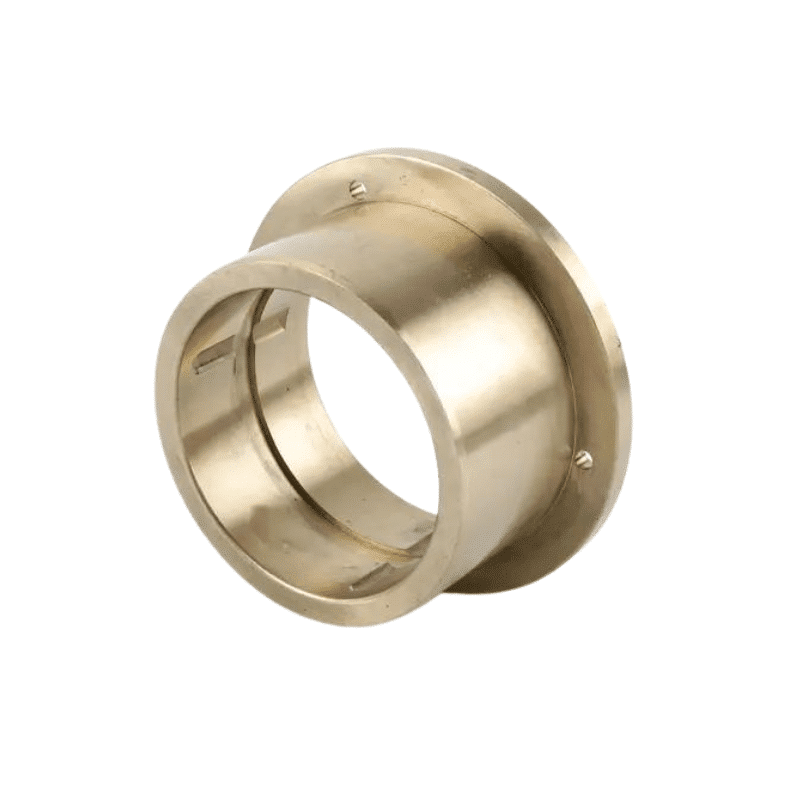
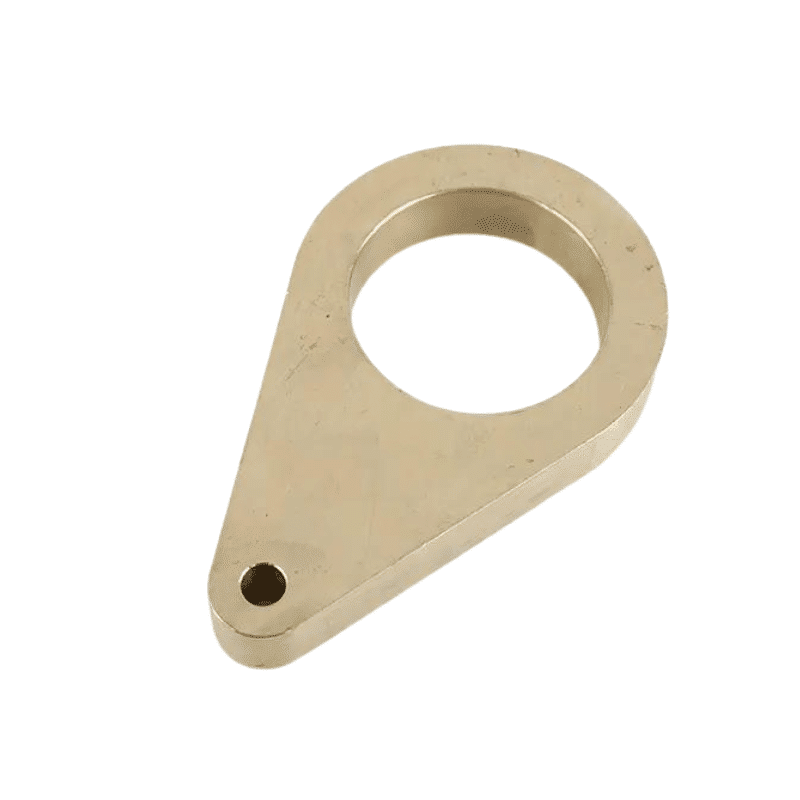
specializing in sand casting, centrifugal casting, and CNC machining,
Our casting and manufacturing process is flexible, precise, and fast, allowing us to meet tight deadlines without compromising quality. With our advanced techniques in sand casting, centrifugal casting, and CNC machining, you can rely on us to deliver durable, reliable, and high-performing components every time. To start the process, send us your drawings or specifications, and we’ll work closely with you to understand your requirements and provide a free quote. We look forward to assisting you with all your bronze bushing and brass casting needs.
The high hardness, non-aluminum tin alloy bearings we provide not only save oil and energy, but their working life is longer than the ordinary sliding bearing. Our products are widely utilized in industries such as metallurgy, mining, shipbuilding, and injection molding machine production lines.
When it comes to choosing the right sliding Bearings for your harvester’s shaft sleeve, you can trust VIIPLUS to deliver the ideal solution. We know that the working environment of harvesters is harsh, laden with soil and dust. Therefore, high-demand components like the harvester’s shaft sleeve require top-tier materials.
When dealing with tougher operating conditions, where lubrication is insufficient or non-existent, our self-lubricating bearings are the perfect choice. Offering outstanding low friction performance, they are cost-effective, environmentally friendly, and offer a longer service life.
Brass Casting Parts – Send Drawings Get A Free Quote
Applications of Self-Lubricating Casting Brass Bushings: JDB650
Understanding the Differences: Cast Brass Bushings vs Oil Impregnated Bronze Bushings
Understanding the Differences: Cast Brass Bushings vs Oil-Imbued Bronze Bushings
A bushing, a crucial component in reducing friction between moving parts, can be crafted from various materials, with brass and bronze being two prominent examples. The material choice can greatly impact the success or failure of a project, with both brass and bronze having their unique advantages.
The Varieties and Manufacturing Processes of Bushings
Cast brass bushings and oil-impregnated bronze bushings are notable for their durability and friction-reducing capabilities. However, they are produced through different methods, and understanding these disparities can aid in identifying the appropriate type for your specific requirements.
The advanced technique of continuous casting is employed in the manufacture of bronze alloy, resulting in a finer grain structure and enhanced mechanical properties compared to the traditional turning process. This method also enables more precision in producing the final product.
The cast bronze bushing creation involves the gravity feeding of bronze powder into a die set corresponding to the bushing size needed. Subsequent pressing and bonding through sintering increase the part’s strength while reducing its porosity to roughly 25%. The piece is then vacuum impregnated with oil, rendering it self-lubricating. These traits make the bushing capable of handling more significant load demands than powdered metal products while requiring minimal upkeep.
The Self-Lubricating Perks of Oil Impregnation
Oil-impregnated bronze bushings need little maintenance due to their self-lubricating properties. This feature decreases friction between mating shafts and other system components, eliminating the constant need for lubricant monitoring and replenishment, saving time and resources for maintenance personnel.
The process includes coating the bronze powder surface with a special oil and drying it to prevent evaporation. The oil impregnation also increases the bronze density, reducing the amount of wear and tear.
The resulting bushings have increased durability, greater resistance to shock, corrosion, and wear, reducing the need for part replacements and lowering operating costs. The bushings’ self-lubricating properties also help deter rust and other damaging deposits from accumulating on the bronze alloy. The lubricating oil also provides protection from high temperatures and adverse environments.
Efficiency of Powder Metallurgy
Producing bronze bushings via the powder metallurgy process is one of the most cost-effective and efficient ways. It yields near-net shape parts, requiring little to no machining. This is achieved by combining bronze powder with a binder to create a self-lubricating component with outstanding mechanical properties.
Powder metallurgy involves four main steps: powder preparation, mixing and blending, compacting, and sintering, each having its own dedicated equipment.
The Advantages of Machining Brass
A brass bushing aids the smooth movement of two other parts by minimizing friction. Depending on its intended use, it can be designed in various ways, such as ball, needle, flange, or sleeve bearings.
The ease with which brass can be machined, particularly when CNC machined, is one of its key benefits. Hence, many manufacturers prefer brass for their machining applications.
While hand-filing of phosphor bronze bushes is possible if they are overly tight for the host, it’s a slow process and may damage the host part. A more effective solution involves using a thick collar over a tensile threaded bar extractor bolt, utilizing the nut on this bolt for a slow and even removal of the bushing. It could also be helpful to heat and freeze the host to try and break any bonds before beginning the machining process.
Exploring Oil Groove Bushings: Materials and Applications
Bronze bushings are designed with oil grooves that significantly help in lubricating and diminishing friction between the shaft and the bushing, thereby boosting performance and prolonging the lifespan of machinery.
These grooves facilitate the lubricant’s flow, ensuring its even distribution across the shaft, thereby providing a protective layer to safeguard the shaft from potential damage and reducing the noise and friction between components.
Oil groove bushings are made from various materials, including steel and plastic. The choice of material is dictated by the application requirements. For heavy-duty applications, bronze bushings are highly recommended. This is because bronze is sturdy and durable, capable of withstanding high loads and resisting corrosion. It also exhibits a high bearing capacity, meaning it can support substantial weight. These bushings are not only easy to install and versatile in their application but also cost-effective, as they can decrease maintenance costs and repair expenses.
The Inside Story: Design
The interior surface of these bushings features grooves that offer a path for the lubricant, ensuring its even spread across the bearing’s surface. This design aids in reducing friction and wear, consequently enhancing the lifespan of the equipment and reducing maintenance costs.
Furthermore, these oil grooves contribute to keeping dirt and chips away from the bushing’s ID, decreasing the chances of machine and equipment damage. The bushing can be further protected from debris by opting for an optional wiper end (order style AA, AB, AD, AE, or AH).
ISO 9001:2008 certified custom manufacturers can supply machined bronze bushings with oil and coolant grooves in an array of sizes, styles, diameters, and lengths. Their services also encompass saw-cutting, heat treating, graphite plugging, and precision machining. These bushings find applications in hydraulic and pneumatic cylinder components, heavy equipment, and marine vessels, with engineering, design assistance services, inventory management control, and Kan Ban delivery also available.
The Role of Oil Groove Bushings
The porous bronze material constituting Oil Groove Bushings serves as a reservoir, storing lubricant for release when necessary. This self-lubrication function reduces friction, heat, and wear, extending equipment life. The need for additional grease or lubrication is eliminated, decreasing maintenance costs and the risk of contamination from unclean oils and lubricants.
The grooves carved into a bronze bushing aim to distribute the lubricant uniformly across the bearing surface, helping to minimize the chances of pitting and galling, thus extending the bushing’s lifespan.
The grooves can be cut in various ways to meet an array of operating conditions and lubrication needs. Generally, it’s advisable to remove less metal where possible rather than machining grooves that are too deep or wide. This is because the more surface area lost, the harder it becomes for the lubricant to reach its point of contact with the load.
A Spectrum of Applications
When feasible, graphite bushings should be pre-soaked in oil before use, allowing the oil to wick and meter to the bearing areas during shaft motion, providing additional lubrication during periods of boundary lubrication. The oil is re-absorbed by the graphite when motion ceases, potentially enhancing the load-bearing capacity of a bushing with an oil hole only by up to 2.5 times.
Oil grooves, specifically designed coolant passageways in a bushing’s ID wall, can be seen on almost all types of bushings, including press fit, head press fit, and renewable. Proper orientation during installation is crucial as this type of bushing requires an external feed from a manifold passage to the internal oil grooves.
Used to decrease friction and noise in equipment, these bushings extend the equipment’s lifespan and reduce maintenance costs. They find common usage in hydraulic press stabbing boxes, water pumps, diesel engine wrist pin bushings, and several other applications.
Strategies for Preventing Rust on Self-Lubricating Bearings
Rust formation on self-lubricating bearings can occur due to various environmental factors. This rusting can disrupt the normal functioning of the bearings, leading to unnecessary setbacks. Consequently, implementing rust prevention measures is a crucial aspect of bearing maintenance.
Initially, to deter the onset of rust on self-lubricating bearings, it’s crucial to conduct surface pre-treatment:
Surface Cleaning:
The choice of suitable cleaning methods is dictated by the surface character of the rust-prone object and the existing conditions. Conventional methods include solvent cleaning, chemical treatment cleaning, and mechanical cleaning.
Surface Drying:
Post-cleaning, the surface can be dried using filtered, dry compressed air, a dryer set at 120-170℃, or wiped down using clean gauze.
Furthermore, the application of anti-rust oil can be carried out through:
Immersion Technique:
Smaller items can be dipped in anti-rust grease, enabling the surface of the self-lubricating bearing to be covered by a layer of anti-rust grease. The thickness of the oil film can be controlled by adjusting the temperature or viscosity of the anti-rust grease.
Brush Coating Technique:
For outdoor building equipment or uniquely shaped products unsuitable for dipping or spraying, care must be taken to avoid accumulation during brushing, and also to prevent any leakage when painting self-lubricating bearings.
Spraying Technique:
For larger products where oiling by immersion is impractical, spraying is commonly used. This is typically done in clean air environments using filtered compressed air at a pressure of about 0.7Mpa.
The spray method is suitable for solvent diluted anti-rust oil or thin-layer anti-rust oil. However, while applying this method to self-lubricating bearings, it’s essential to ensure optimal fire prevention and labor protection measures are in place.
Hot casting of bronze bushings is a manufacturing process typically employed for creating complex or large parts that would be difficult to produce through other means such as machining. Here’s how the process generally works:
-
Creation of the Mold: A mold of the desired bushing is first created. This mold is often made from high-grade steel and is designed to withstand the high temperatures required for hot casting.
-
Melting the Bronze: Bronze is then heated until it reaches its melting point. The melting process is carefully controlled to ensure the bronze maintains its desired properties.
-
Pouring the Bronze: The molten bronze is then poured into the mold. Care is taken to ensure the molten bronze completely fills the mold to create a part with the desired shape and dimensions.
-
Cooling and Removal: Once the bronze has been poured into the mold, it is left to cool and solidify. After the bushing has hardened, it is removed from the mold.
-
Finishing: The resulting bushing may then be finished as needed. This can involve processes like grinding, polishing, or coating to create a final product that meets the desired specifications.
Hot casting allows for the creation of bronze bushings with intricate shapes or features that would be difficult to produce through machining. This makes it an ideal process for producing bushings used in a variety of applications, including in automotive components, machinery, and various industrial equipment.
Main products of the hot casting factory produce various metal components. The actual products can vary widely based on the specific operations of the factory, but they may include:
Automotive parts: This may include engine components, gearbox parts, suspension components, and others. These parts are typically made from aluminum or steel.
Machinery components: Hot casting can be used to produce large, complex parts for various types of machinery. This may include parts for construction equipment, agricultural machinery, and more.
Plumbing fixtures: Hot casting is often used to produce brass or bronze fixtures for plumbing systems. This can include things like faucets, valves, and fittings.
Electrical components: Many electrical components, such as connectors and housings, are made through hot casting.
Medical devices: Some medical equipment, including parts for imaging machines and surgical tools, may be made using hot casting.

Solutions For Every Industry
Searching for Dependable Bushing Solutions? viiplus Has What You Need.

Design Guides, Materials
Bushing design, Comprehensive design manuals covering a range of self-lubricating materials used in all of viiplus’s manufacturing processes.

Technical Guides
Manufacturing On Demand, Technical Guides For Machining Design. Discover the latest in metal alloys, materials, and design tips for manufacturing custom machined and self-lubricating bearing parts.

Get Instant Quote
To receive your instant quote, simply upload your drawing file and choose your production process & bushing material.

Prototyping, Place Order
After you place your order, we will start the production process. You will receive updates when your order has completed production and is ready to be dispatched.

Receive Your custom Parts
We provide precision-inspected high-quality parts, packing lists and documents, and delivery tracking.

